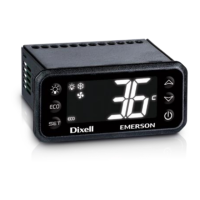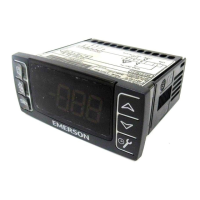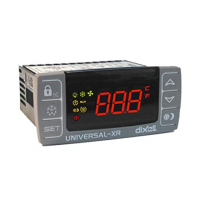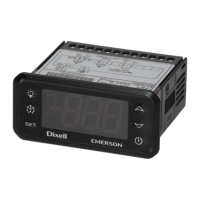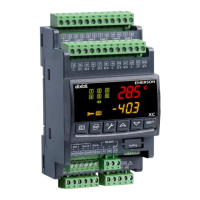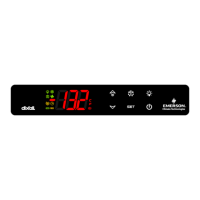User Manual Appendix D
GFK-1742F Jan 2020
Tuning Digital and Analog Servo Systems 422
Tuning the DIGITAL MODE Velocity Loop
The proper method to tune the velocity loop is to separate the velocity loop from the
position loop. To achieve this separation, a method must be used to directly send velocity
commands without using the position loop control. The DSM module has several modes
that will allow the user to send a velocity command directly to the velocity loop. Two
methods are as follows:
Method #1:
The Force Digital Servo Velocity %AQ immediate command (34h) will send a velocity
command directly to the velocity loop. This command is different from the Move at Velocity
Command, which uses the position loop to generate the command. This is important since
the position loop should not be interacting with the velocity loop at this point in the tuning
process. The Force Digital Servo Velocity %AQ command allows the user to generate a step
change in the velocity. The velocity command step is then used to generate the velocity
loop step response. The user should note that when a velocity command step change is
performed the acceleration is limited only by the bandwidth of the velocity loop. In some
applications this can cause damage to the controlled device due to the high acceleration
rate.
Method #2:
In some applications, method #1 introduces too large a shock to the device under control.
In these cases, another method to generate a velocity command is needed. The method
requires that the user set the position loop to an open loop configuration. The position loop
is set to open loop by setting the Position Loop Time Constant to zero and the Velocity
Feedforward Gain to 100 percent. You can then use the Move at Velocity Command or a
motion program to generate velocity commands to the servo drive.
The first parameter that needs to be adjusted is the Velocity Loop Gain. The parameter
adjusts the velocity loop bandwidth. As a starting point use the following formula (also
reference the Velocity Loop Gain Section):
Equation 1
Velocity Loop Gain = 16
Where :
J
l
= Load Inertia
J
m
= Motor Inertia
The Velocity Loop Gain calculated in equation 1 in many cases will not need to be altered.
However, due to the application (for example, machine resonance) the value may need to
be adjusted. To tune the Velocity Loop Gain the following procedure can be used:
1.
Choose the method to introduce velocity command to the velocity loop. Method #1
and Method #2 (above) are examples of methods to perform this task.

